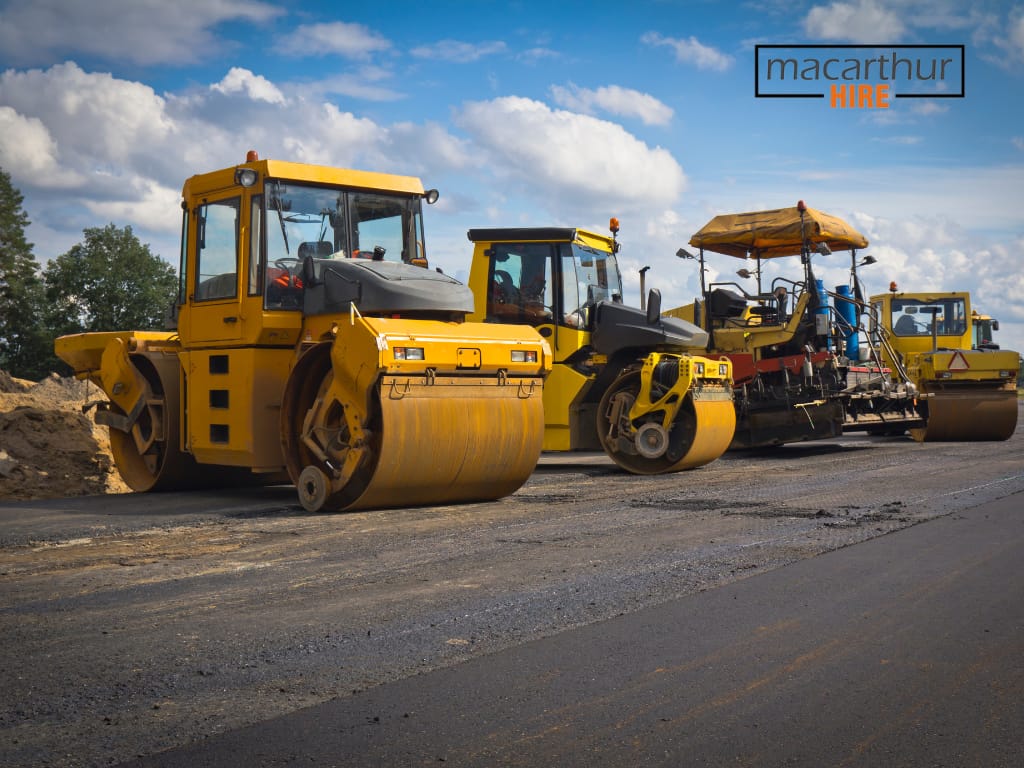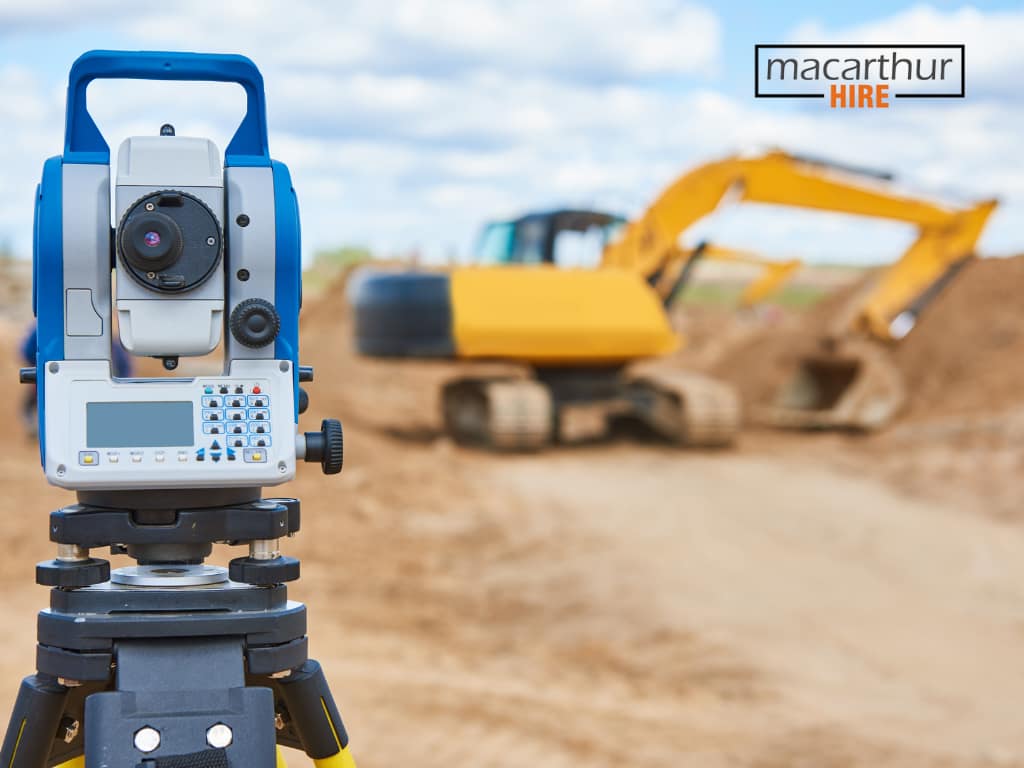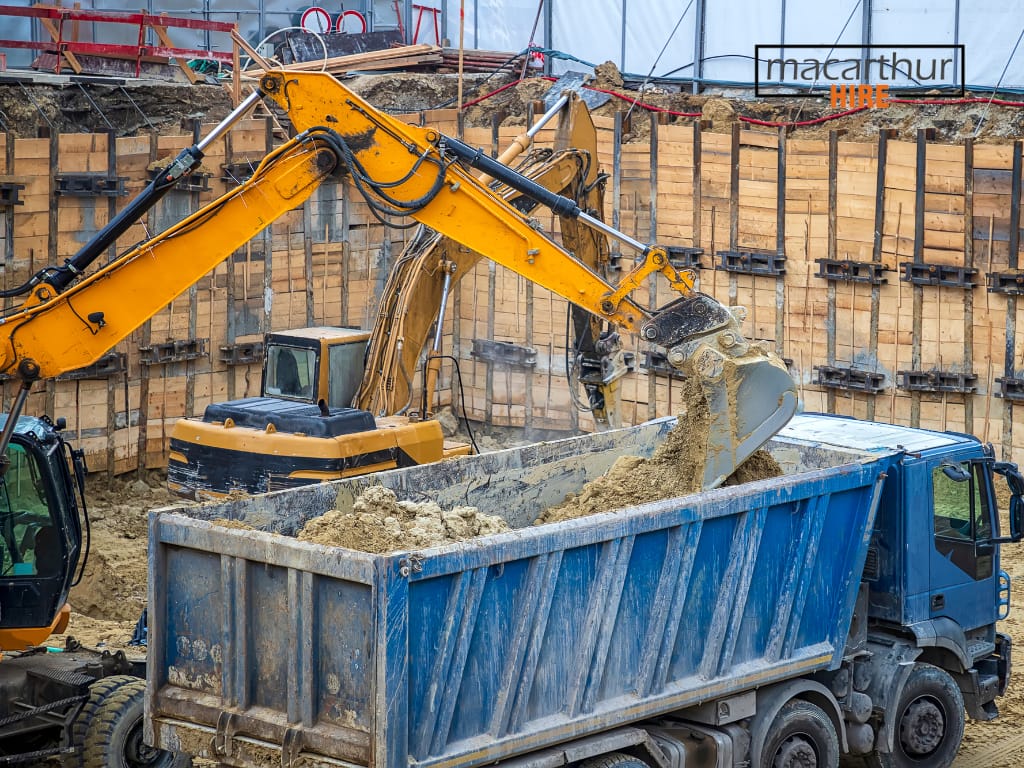Looking for something specific? Try using our search bar!
Looking for something specific? Try using our search bar!
When planning a construction project, understanding its scope and estimated duration is crucial for determining the most suitable equipment hire period. Start by outlining the project’s size, complexity, and the specific tasks that require hired equipment. Consider both the start and expected completion dates, allowing for some flexibility for unforeseen delays. Evaluating the project’s timeline helps in deciding whether short-term hire for specific tasks or long-term hire for ongoing needs is more cost-effective and practical.

One of the primary advantages of opting for long-term construction equipment hire is the potential for cost savings. Suppliers typically provide more favorable rates for longer rental periods, reducing the overall cost per day of hire. Additionally, securing equipment for the project’s duration can avoid the repeated costs and administrative burden of multiple short-term hires, including delivery and pickup fees.
Having the same equipment available throughout the project can lead to better efficiency and quality of work. Operators become familiar with the machinery, reducing the learning curve and minimizing the risk of operational errors. This consistency ensures that work progresses smoothly, with a lower likelihood of downtime due to equipment unavailability or the need to adapt to different machines.
Long-term hire contracts often come with a degree of flexibility that can be advantageous for construction projects, which are prone to changes in scope or delays. Having equipment on hand allows for adjustments to the project schedule without the need to renegotiate hire terms. This flexibility can be crucial in managing project timelines effectively, ensuring that machinery is available whenever it is needed.

While long-term construction equipment hire offers numerous benefits, short-term hire can be equally advantageous under certain circumstances, providing flexibility, reduced costs, and access to the latest technology.
Short-term hire significantly reduces the upfront financial commitment, making it an attractive option for projects with specific, short-duration needs or for companies operating within a tight budget. This flexibility allows for the allocation of financial resources to other critical areas of the project, enhancing overall financial management and efficiency.
One of the standout advantages of short-term hire is the opportunity it presents to use the latest equipment models. Technology in the construction industry is rapidly advancing, with new machinery offering improved efficiency, safety, and environmental benefits. Short-term hire agreements mean that companies can access the most advanced equipment for specific tasks without the long-term investment, staying at the forefront of industry innovations.
Opting for short-term hire shifts the burden of maintenance and servicing away from the hiring company to the equipment supplier. This arrangement ensures that equipment is in optimal condition when it arrives on site and that any required repairs or maintenance are handled swiftly by the supplier, minimizing downtime. For construction companies, this means less time and resources spent on equipment upkeep and more focus on project execution.

| Criteria | Long-Term Hire | Short-Term Hire |
|---|---|---|
| Duration | 6 months or longer | Less than 6 months |
| Cost Estimation (Sydney) | A$1,500 – A$3,000/month (depending on equipment type) | A$100 – A$400/day (depending on equipment type) |
| Delivery & Pickup | Often included or discounted | Typically charged at standard rates; A$100 – A$200 each way |
| Maintenance | Included; responsibility of the hire company | Included for the hire period; responsibility of the hire company |
| Insurance | Required; may be lower due to longer hire period | Required; standard rates apply |
| Equipment Availability | Guaranteed for the duration | Subject to availability; booking in advance recommended |
| Flexibility | Lower due to fixed contract; penalties for early termination | Higher; can return equipment anytime |
| Access to Latest Models | Possible but might incur additional cost for swapping | More likely, as short-term hires often use the latest available equipment |
| Ideal For | Large-scale projects with consistent equipment needs | Projects with specific, short-term equipment requirements or trying new equipment |
| Total Cost of Ownership (TCO) | Potentially lower per day but higher overall due to longer period | Higher daily rate but overall cost may be lower for short projects |
The Total Cost of Ownership (TCO) in equipment hire encompasses more than just the rental price. It includes all associated costs such as delivery and pickup fees, maintenance, insurance, and potential downtime costs. To accurately calculate TCO, project managers should also consider the savings over time, such as reduced labor costs due to increased efficiency and lower maintenance expenses compared to owning equipment. Understanding TCO provides a comprehensive view of the financial implications of hiring construction equipment, enabling more informed decisions.
When evaluating TCO for long-term versus short-term hire, it’s essential to consider the duration of the project and the equipment usage rate. Long-term hire might offer lower daily rates but could include additional costs for prolonged periods of non-use. In contrast, short-term hire rates are higher per day but might result in a lower TCO for projects with specific, short-term equipment needs. Conducting a TCO analysis helps identify which option is more cost-effective, factoring in both the direct and indirect costs associated with each hiring period.

To ensure maximum efficiency and minimize idle time, plan equipment use meticulously. This involves scheduling tasks that require the same equipment back-to-back and ensuring operators are trained and ready to use the machinery efficiently. Maximizing use reduces the TCO by spreading the hire cost over more working hours, thereby increasing the project’s overall productivity.
Aligning equipment hire periods with project phases is crucial to avoid paying for machinery that sits unused. This requires detailed project planning and the flexibility to adjust schedules as the project progresses. Effective coordination can lead to significant savings by ensuring that hire periods closely match the actual equipment usage time, avoiding unnecessary costs.
Choosing between long-term and short-term construction equipment hire involves a careful evaluation of several factors, including the project’s scope, duration, budget, and the specific equipment needs. By understanding the TCO associated with each option and implementing strategies for efficient equipment utilization, project managers can make cost-effective decisions that align with their project’s financial and operational objectives.
More articles below: